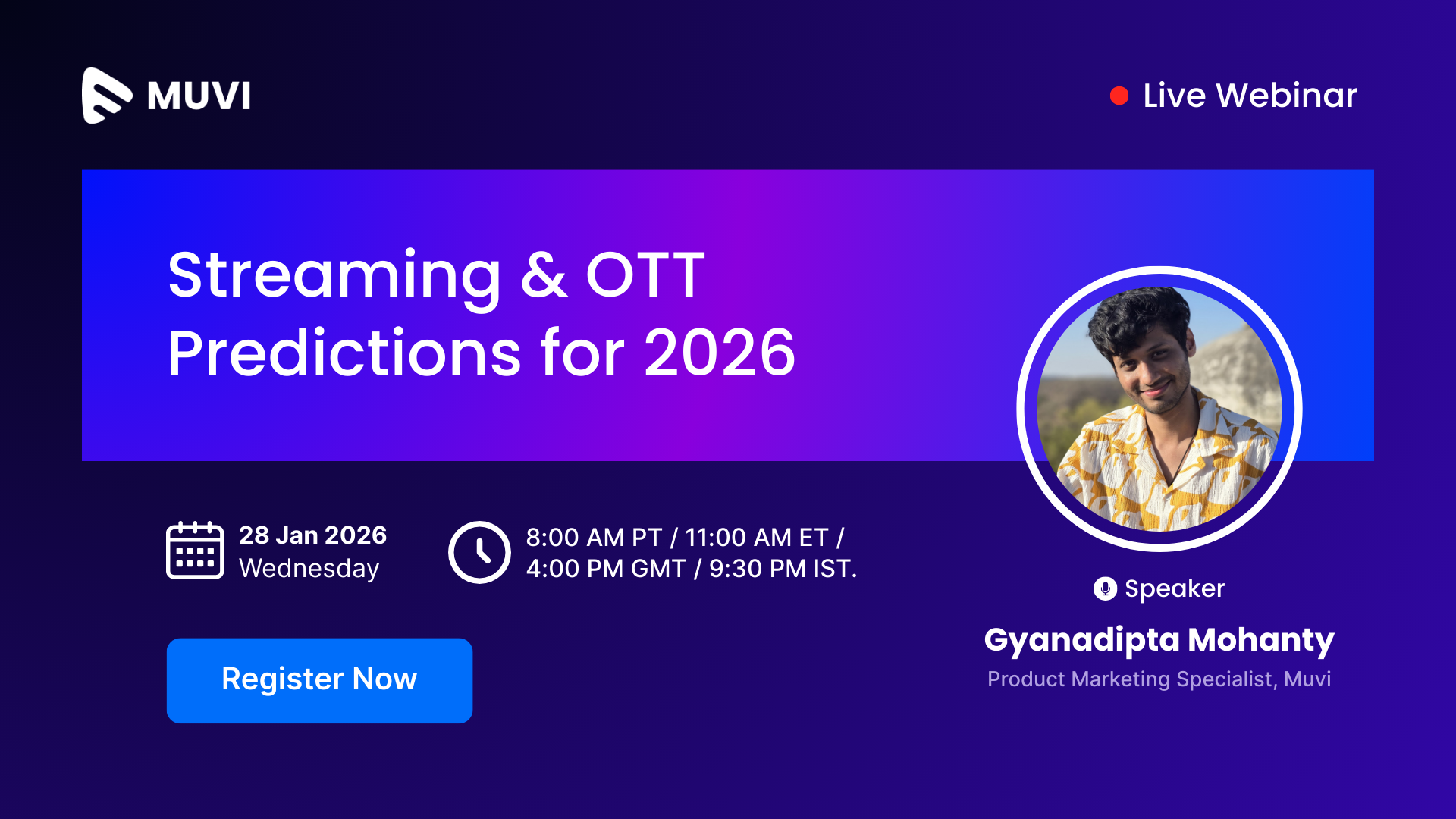Video Podcast
A video podcast or "vodcast" includes video clips. Every so often, web television series are distributed as video podcasts. Video podcasts can only be viewed on a computer with the appropriate media player software, for example, Windows Media Player, iTunes, or higher end Digital Media Players.
Learn morePodcast
The term “Podcast” is originated from POD and Cast. POD means Portable on Demand, and Cast relating to the term broadcast. It is an episodic series of digital video or audio files which a user can download and view/listen to. An audio podcast can be directly played from the website or downloaded as an MP3 or alike format to be played on a compatible mobile device or a computer. In recent years, live streaming services have revolutionized how audiences…
Learn moreiFrame (Inline Frame)
iFrame is an HTML element. It allows an external web page to be embedded in an HTML document. By using an iFrame, you can also insert a piece of content (an embedded video, image, short instructions etc.) from another source into a web page.
Learn moreWhite Labeling
White label solutions extend beyond physical products and into digital services as well. In the world of live streaming services, white label platforms allow companies to provide streaming solutions to their customers under their own brand name. Instead of developing a streaming platform from scratch, businesses can use these white label live streaming services to offer customized streaming options, complete with their brand logo, user interface, and features tailored to their audience's needs. This not only saves development costs…
Learn more


